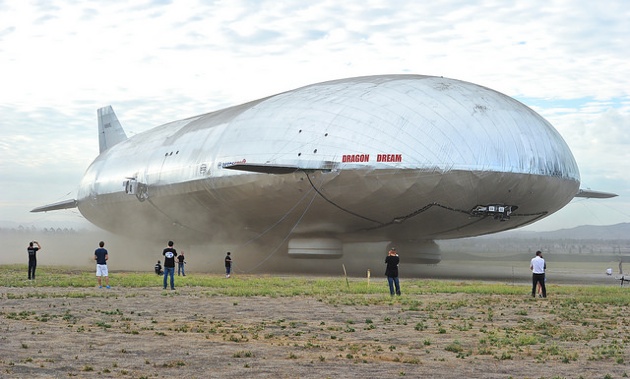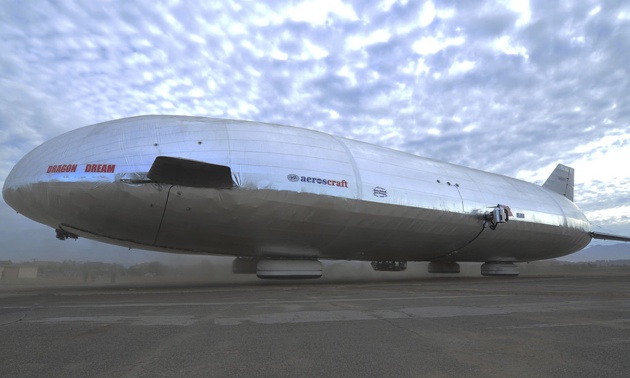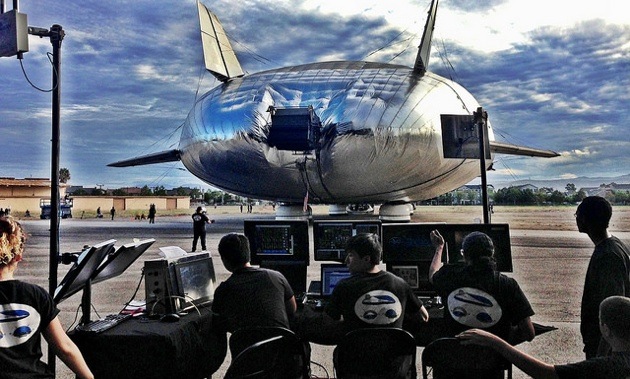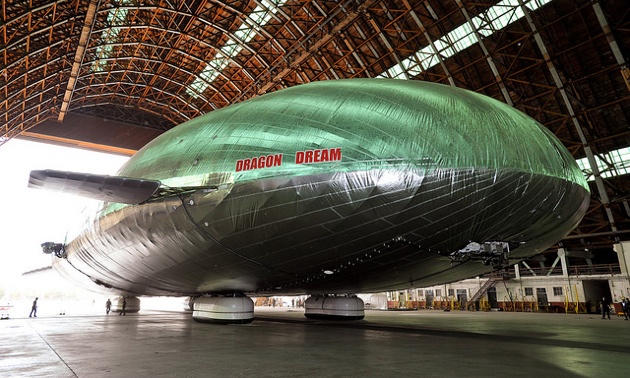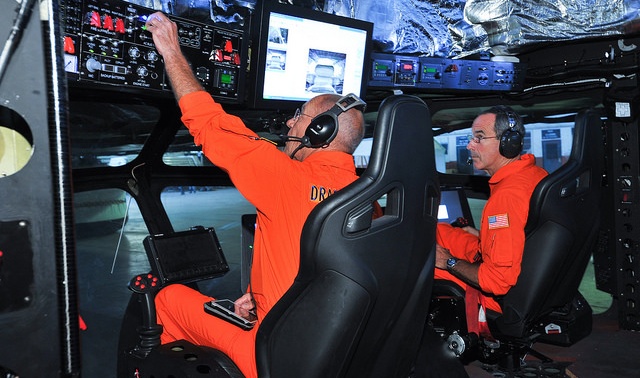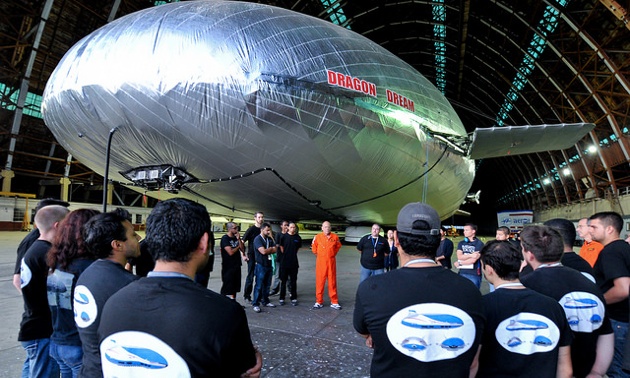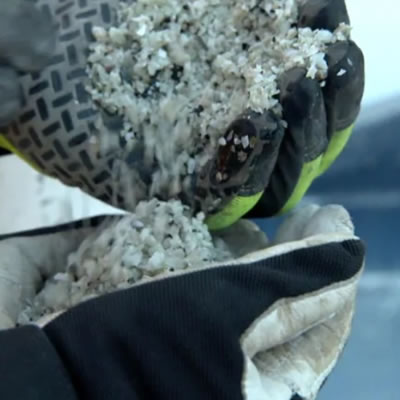Lighter-than-air helium airships can ship heavy cargo to remote areas
Aeroscraft vehicles could provide solutions to infrastructure issues and cost restrictions faced by mining companies
While innovation in material and technology has reopened the door for lighter-than-air vehicles, it is the ability to ship heavy cargo to far-off, unserviced locations that is driving the resurgence of this type of vehicle in markets outside entertainment and advertising.
The Aeroscraft ML866 prototype from Worldwide Aeros Corp. (Aeros) requires minimal crew to haul up to 66 tons of non-size-restricted cargo to remote areas, and the innovative helium airship can take off and land just about anywhere without infrastructure. It boasts a vertical takeoff at maximum payload and uses about one-third the amount of fuel of an airplane.
John Kiehle, director of communications for the corporation, said a key focus for the company is industries like mining and military that have high cargo requirements and infrastructure limitations.
Not your traditional dirigible
Unlike a blimp, the Aeroscraft doesn’t rely on helium to retain its shape; instead, its rigid, ultra-light carbon-fibre truss structure offers hard mounting points. The shell is made from a number of textile materials chosen for solar reflectivity and helium retention.
But what really sets the Aeroscraft apart is its internal buoyancy management system, which conquers long-standing limitations on the efficacy of airships as cargo carriers. Its proprietary control-of-static-heaviness (COSH) system essentially allows the machine to become heavy on demand, which is important because without some form of ballast, a lighter-than-air vehicle will float away once unloaded of its cargo.
“Airships like blimps have landing lines and (need) a team of people to catch and moor them,” Kiehle said. “They can be weighed down with sand or lead bags, rocks or water, and this need for external ballast is limiting in both commercial and military scenarios.”
The Aeroscraft’s system works similar to that of a submarine, which descends and ascends through propulsion and uses ballasts to rise and dive vertically by pumping air and water in and out.
Using the COSH system, the inert helium is compressed into helium pressure envelopes, or tanks, during ground operations and released into the overall envelope for vertical takeoff.
“To take off at maximum payload in a hybrid airship, you will need a short, fat runway—and that is an infrastructure requirement that isn’t always available,” said Kiehle.
The Aeroscraft vehicle uses vectored thrust engines that rotate to facilitate upward and downward movement while also propelling the ship forward.
The Aeroscraft’s ability to hover for cargo deployment without the need for on-the-ground assistance and use of its ceiling suspension cargo deployment system may prove strategically beneficial in the mining industry.
And although the price of helium has risen over the past several years, Kiehle pointed out that it is not an ongoing cost.
“It’s important to understand, though, that it takes a lot to fill the Aeroscraft, but once you fill it you don’t vent it,” he said. “You compress it and release it back into the envelope. There is some slight leakage, but it doesn’t dissipate.”
Preparing to launch a fleet
Aeros intends to build a fleet of 20 vehicles by 2016. Cargo models will include the ML868, which is 770 feet long and 183 feet high and can carry 250 tons over 5,000 nautical miles at 120 knots; the ML866 will be able to go over 3,000 nautical miles at the same speed carrying 66 tons in its 555-foot length and 51-foot height.
The fleet will be operated and maintained by Worldwide Aeroscraft Corp. and be available for use through a fleet access model.
The company has been making inroads in Canada’s North, where inclement weather and a two-month ice road season often restrict equipment delivery by a year or more.
“The weather is always an issue for lighter-than-air vehicles as well, as they are more susceptible to air pressure,” said Kiehle. The Aeroscraft can’t necessarily fly over poor weather systems, but at a cruising speed can see them coming and avoid them.
“A vehicle like this is weather resilient up to 12,000 feet. You lose lift capacity the higher you go because the air is thinner.”
Areos recently announced that a project in Russia is looking at using two Aeroscraft ML868s to avoid building an access road, and this would result in a savings of more than $140 million, Kiehle said.
“When you can move equipment fully assembled and without an ice road, the time and cost savings will be significant,” he said.

